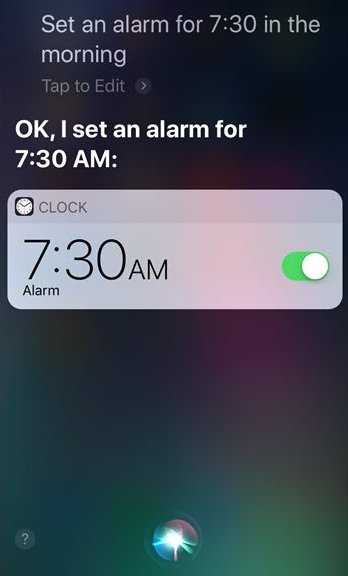Natural language processing (NLP) and voice recognition are complementary but different. Voice recognition focuses on processing voice data to convert it into a structured form, such as text. Natural language processing (NLP) focuses on understanding the meaning of the data by processing text input. Voice recognition can work without NLP, but NLP cannot work without voice recognition for audio inputs (because it cannot directly process them). However, without NLP, voice recognition cannot understand what humans mean. This is why NLP and voice recognition are used in tandem. Below are some NLP applications in voice control, speech analytics, and governance and compliance use cases.
NLP in Voice Command and Control
Voice Assistants is one of the most known NLP applications in voice command and control. Amazon's Alexa and Alphabet’s Google Assistant use Voice Recognition to process voice commands and NLP to understand and respond if needed.
In the example below, Speech-to-Text (subtopic of Voice Recognition) transcribes the command “Set an alarm for 7:30 in the morning” and returns the text output. Natural Language Understanding (subtopic of NLP) processes the text, extracts the meaning, and triggers an action to set the alarm at 7 am. Using Speech-to-Text and Natural Language Understanding together is also known as Spoken Language Understanding. Siri’s response: “OK, I set an alarm for 7:30 AM.” is powered by Natural Language Generation (subtopic of NLP).

NLP in Speech Analytics
Social Listening or Social Media Listening is not new for many. Most enterprises monitor posts and comments on Twitter, Instagram, Yelp, or Foursquare. However, now social media users “talk” more than they “write”. Platforms such as TikTok, Snapchat, or Twitch are more popular, especially among younger generations. Voice Recognition and NLP jointly add “listening” and “understanding” to simple social media monitoring. Enterprises broaden their coverage on social media by using Voice Recognition and NLP together.
Voice Recognition is not just limited to Speech-to-Text. Using Speech Emotion Recognition (subtopic of Voice Recognition) and Sentiment Analysis (subtopic of NLP) jointly enables enterprises to understand speakers’ semantic and vocal emotions.
NLP in Governance and Compliance
Voice Chat Monitoring and Moderation has been used mainly by call centers to comply with regulations and train agents. They randomly select sample interactions to audit, which wouldn’t capture more than two percent. Advances in Voice Recognition have increased this ratio by achieving higher accuracy and lower costs. Enterprises started transcribing and processing more interactions. Now they select interactions based on keywords and sentiments rather than randomly.
Voice Chat Monitoring and Moderation is not limited to conversations between users and service providers. Conversations among users in multiplayer games require moderation. Online harassment affects player experience significantly. ADL’s survey shows that in the past six months, 83% of adults aged 18-45, representing 80M and 60% of young people aged 13-17, representing 14M experienced online harassment in multiplayer games. Not surprisingly, all major gaming platforms such as Stream highlight the importance of moderation, or Roblox publish community standards. Unity recently acquired a company to achieve safer gaming environments.
Picovoice Consulting team helps companies select and implement the right AI models for their use cases.
Consult an Expert






